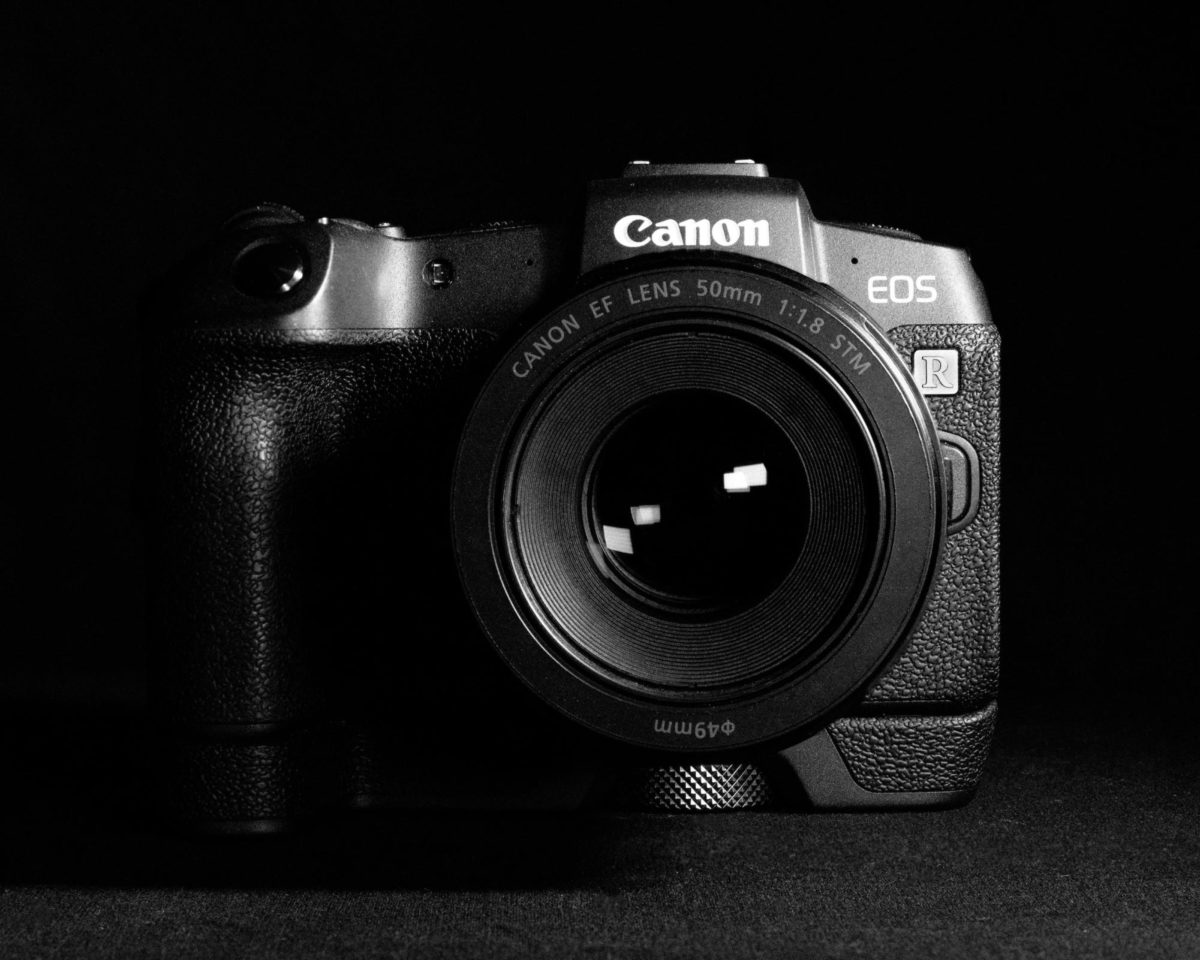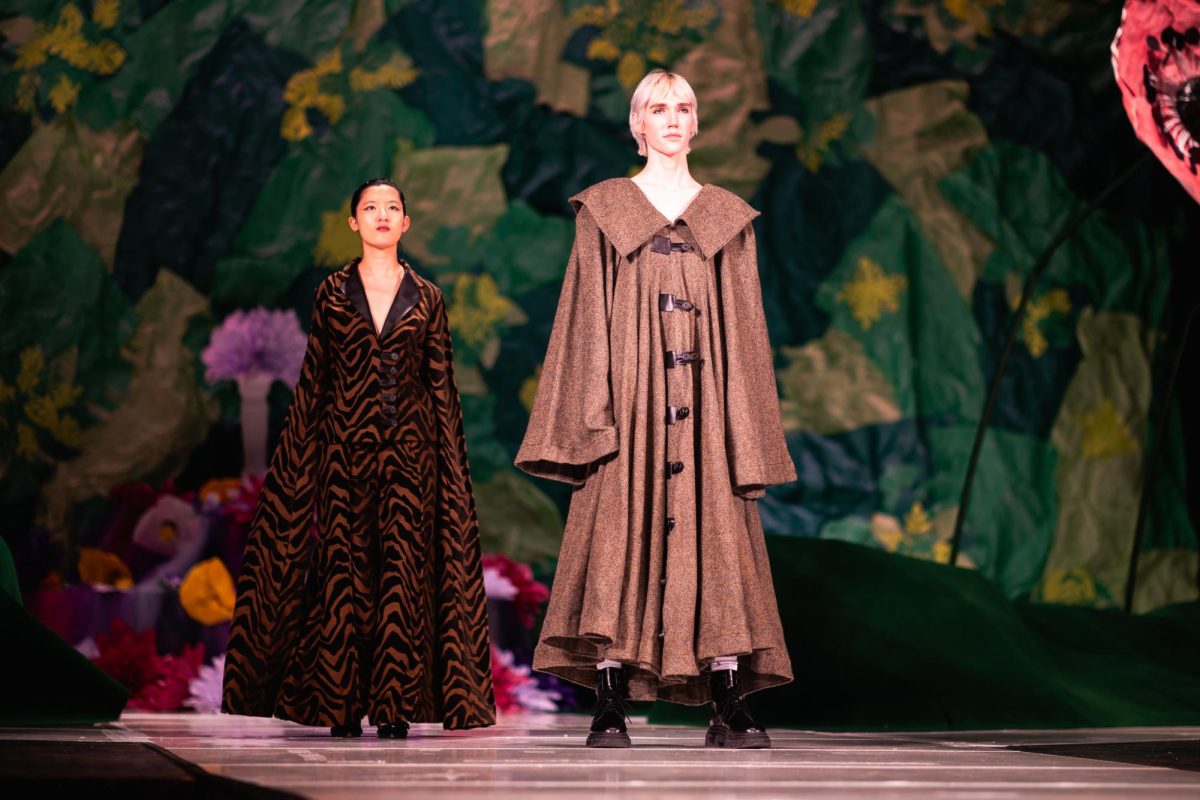Photography is often portrayed as a simple process by the general public, but there is much more to capturing captivating images than mere point-and-click, experts say.
It is not about the use of expensive equipment, intricate editing techniques or elaborate poses. Here, experts provide guidance on how to take better photographs, with the key being to understand the fundamentals and practice them regularly.
Olivia Gehling, a sophomore studying event management, started pursuing photography when she was 15 years old. Gehling now specializes in portraits and professional headshots through her company Lovelyn Life Photography. While Gehling said her clients appreciate her natural light photography, she wasn’t always so adept when it came to utilizing the functions of the camera.
“I knew how to press click and that was about it,” Gehling said.
Even though the photos may turn out differently than planned, Gehling said the important thing for beginners to remember is that it takes time and practice to polish your skill set. Sometimes the best moments are learning from mistakes.
Gehling said she loves the memory aspect of photography, capturing a specific moment in time.
“It’s kind of funny, people won’t take family pictures for years,” Gehling said. “Then all of a sudden, after five years, they take pictures and they’re like, ‘Oh my gosh, like why didn’t I take these pictures every year?’”
Professional photographers say there are a few important things to consider when going out to shoot.
Lighting
Gehling said that the most important aspect of a good photo is lighting. She said everything else could be going wrong, but if there is good lighting, there is a good shot at a photo.
“I only specifically shoot sunrise or sunset because that is just like the most perfect lighting,” Gehling said. “It’s kind of a golden hour and my style of shooting is very warm and just very soft lighting.”
Gehling said not to take photos of people in direct sunlight, because it casts shadows on their faces, specifically under their eyes, and may point out every imperfection. For that reason, Gehling likes to shoot in the shade when the sun is present.
“Photography is writing with lighting,” associate professor Deni Chamberlin, a Pulitzer Prize-winning photojournalist and photo editor with three decades of photography experience, said. “Lighting is everything.”
Composition
Gehling said when considering composition, posing can be simple.
“It can just be someone holding on to each other smiling, looking at each other,” Gehling said. “Super, super simple stuff like that for posing, but your composition is going to be so important.”
So what is composition? Arranging, producing, viewing, framing and cropping are all aspects of composition. It must direct the audience: the viewer’s eye follows the photograph’s frame.
“I feel like a lot of people get really close, so back up, make sure the camera is straight,” Gehling said.
Gehling described how the subject in a vertical image should be framed: the person’s feet should not be cut off at the bottom, and their head should be somewhere in the middle of the photo– not at the very top– with some breathing room above.
Angles
Gehling said from down low, things like double chins become the main focus. From too high, foreheads appear bigger and heights seem shorter than in real life.
When you are photographing people, Gehling said angles should be at eye level.
At 5 feet, 2 inches, Gehling sometimes uses a stool to get eye level with her clients. On the taller side of the spectrum, Chamberlin said it is really important to shoot while kneeling sometimes as well. Seeing the world from different perspectives can spark new ideas and forms of expression.
“Everybody is accustomed to seeing the world from a particular angle,” Chamberlin said. “My angle is a little bit higher than a 4-year-old or 2-year-old.”
Equipment
Taking high-quality photos doesn’t require expensive camera equipment, as some may think.
“I think beginners need a camera that ‘s not too complicated,” Chamberlin said. “That’s why I think a phone is great. It can’t do everything, but they can do quite a bit.”
Chamberlin says beginners don’t have to worry about exposure, focus, aperture and shutter speed, because that’s all taken care of with a phone camera. A huge benefit of using a phone is that most people always have them on hand as well.
Gehling started photographing her surroundings using her mom’s “super old” Canon that she used when she was a kid.
“It worked,” Gehling said. “It wasn’t my favorite thing ever. It kind of made things difficult at times, but I did it for a long time and made it work.”
She said that even with a $200 camera, a focus on good lighting, composition and other basic photography principles can lead to great photos.
With a busy photography business, Gehling now relies on her Canon EOS R6.
“I got it probably two years ago and I will probably never switch until it breaks because I love it so much,” Gehling said. “It just makes everything so easy to shoot.”
Natalie Weber is a junior studying advertising at Iowa State, and the creator behind her photography business, Natalie Weber Photography. Weber said she has always used Nikon branded cameras simply because they are what she knows and grew up with.
“I primarily use a 35mm lens because I like that I can get close to my subject to give them queues and hype them up,” Weber said.
Weber said the most important thing to do as a photographer is to learn the ins and outs of your camera. She highly recommends practicing in manual mode to open up the possibilities of what can be captured.
Editing
Gehling recommends sticking with a natural look when editing photos. She said “less is more,” because styles of editing often change during many photographers’ careers.
“You might love a certain style right now,” Gehling said. “Whether that’s dark and moody or light and airy, you might love something that you’re doing. But in a year or two or three, your style might change. So I feel like the more natural you edit, to begin with, it kind of just gives you a little bit of a pathway into a different style.”
Adobe Lightroom is a popular choice among photographers to edit their photos. Weber said she uses this software, and it takes two to three hours of editing per one hour of taking photos. A subscription of Adobe Lightroom costs $9.99 per month.
Gehling has a dedicated preset for her professional photos, but she recommends using iPhone editing features for more casual photos. Gehling said she likes to increase the brilliance, which brightens up the photo, as well as decreasing the shadows and adding vibrance and warmth.
Purpose
Finally, it’s important to have a purpose or end goal when taking photos. Consider what the work should communicate. Is it more visually stunning, or is the purpose to show true emotion?
“If your photos are about this particular person, I’m going to make sure they’re the focus of the photo and that the contributes some but it doesn’t distract,” Chamberlin said.
Chamberlin said capturing emotion and natural gestures, such as someone talking with their hands, can be a powerful addition to an image for a more candid style.
“I’m looking for how each individual expresses themselves,” Chamberlin said. “We don’t express ourselves just with language, we express ourselves with how we move our facial expressions.”
Chamberlin also said in instances such as food photography, the senses such as taste and smell are eliminated. So it is that much more important to know what your purpose is and communicate what you wish through only a photograph.
Photography can be complex for beginners, but it comes down to a few basic concepts to remember: lighting, composition, angles, editing and a purpose.
For beginners, Weber said to “just go for it!”
Weber said she recommends starting by building a portfolio and learning all you can about your camera.
“Create your own style and just have fun with it,” Weber said.














